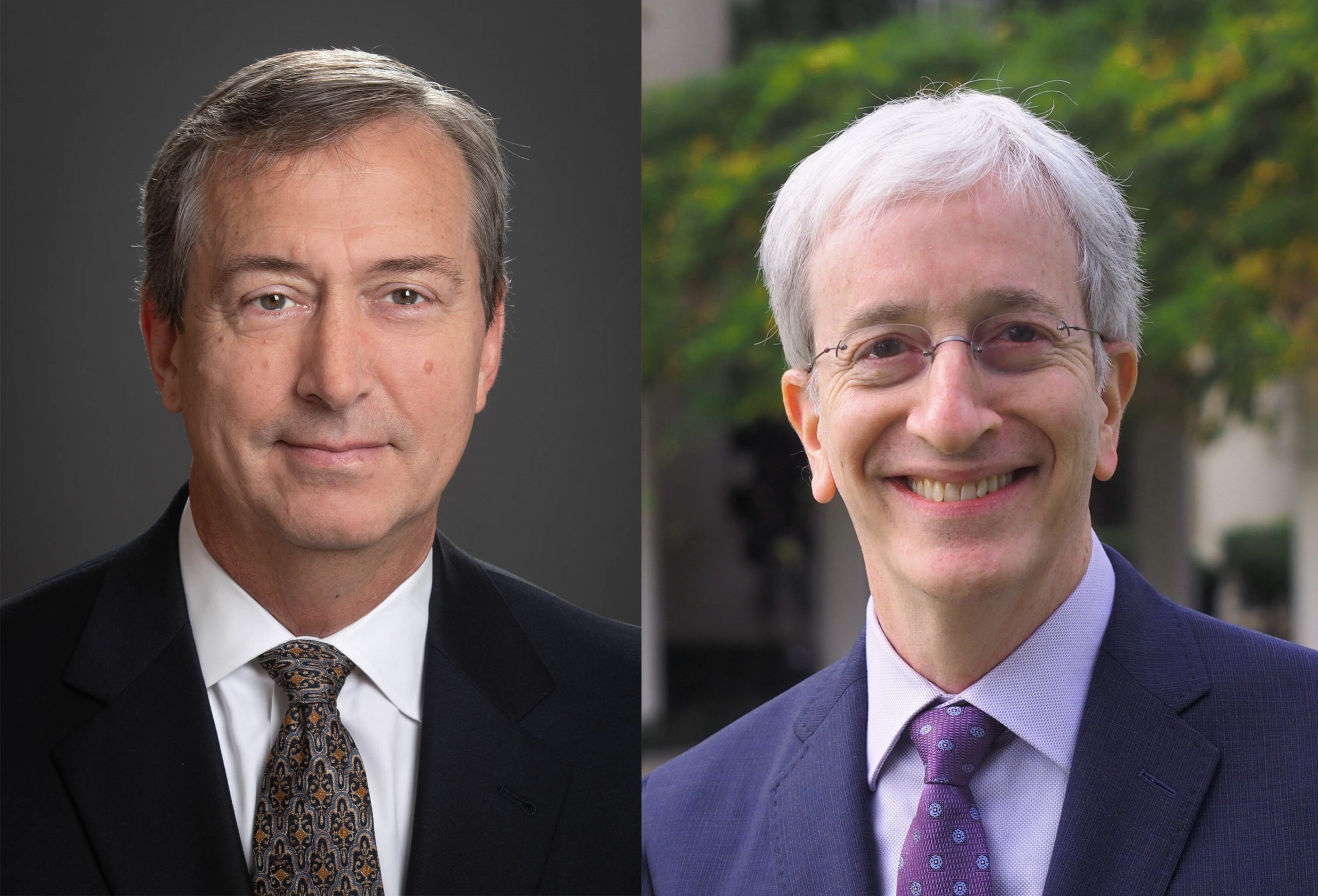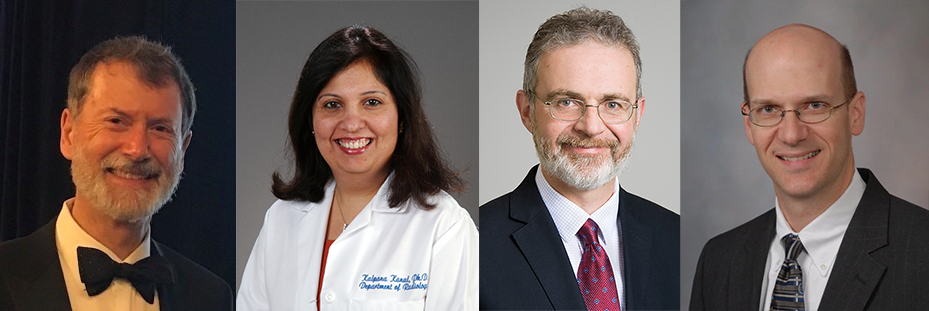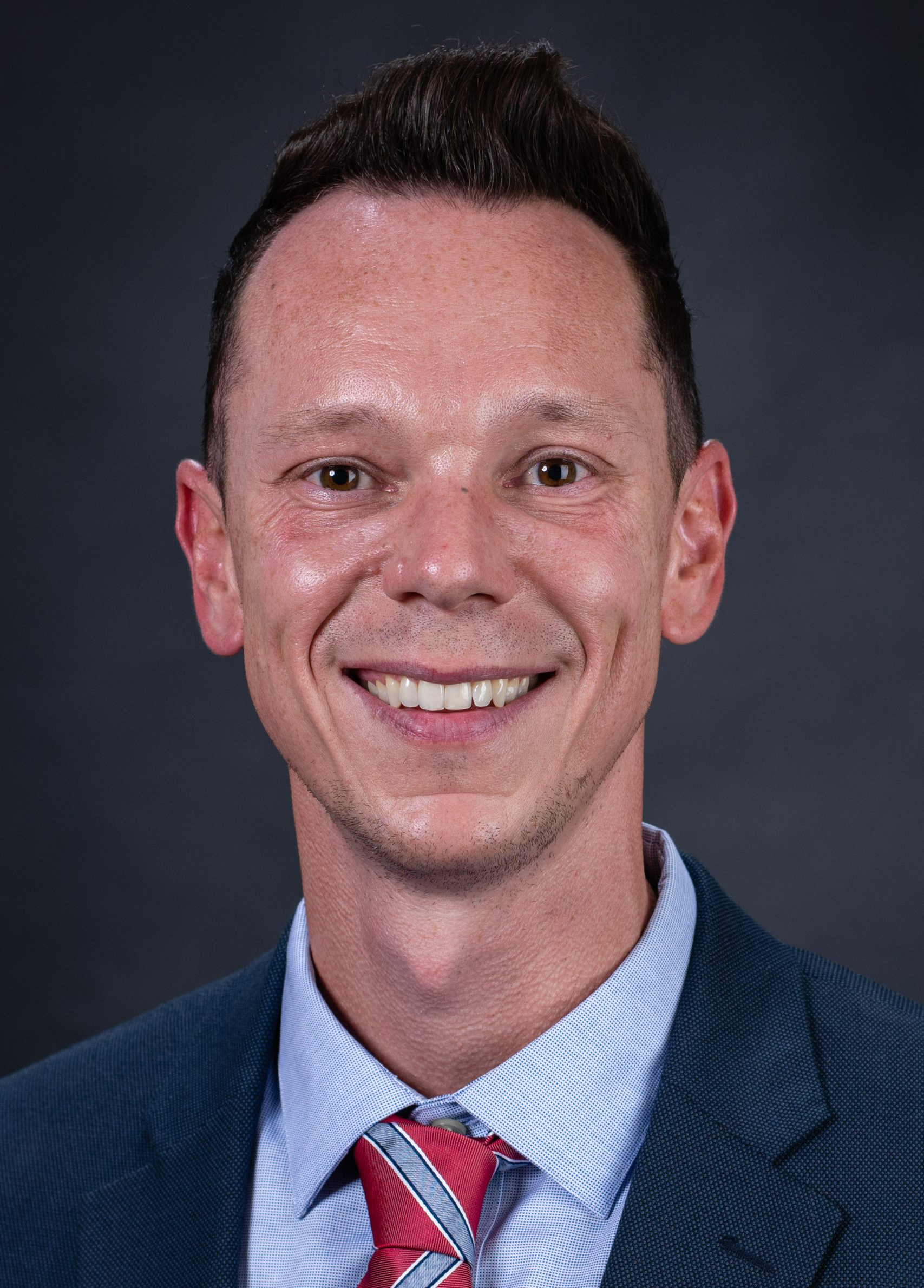February 2024 | Volume 17, Issue 1


Reflection, Review, and Reorganization Key to Improvement
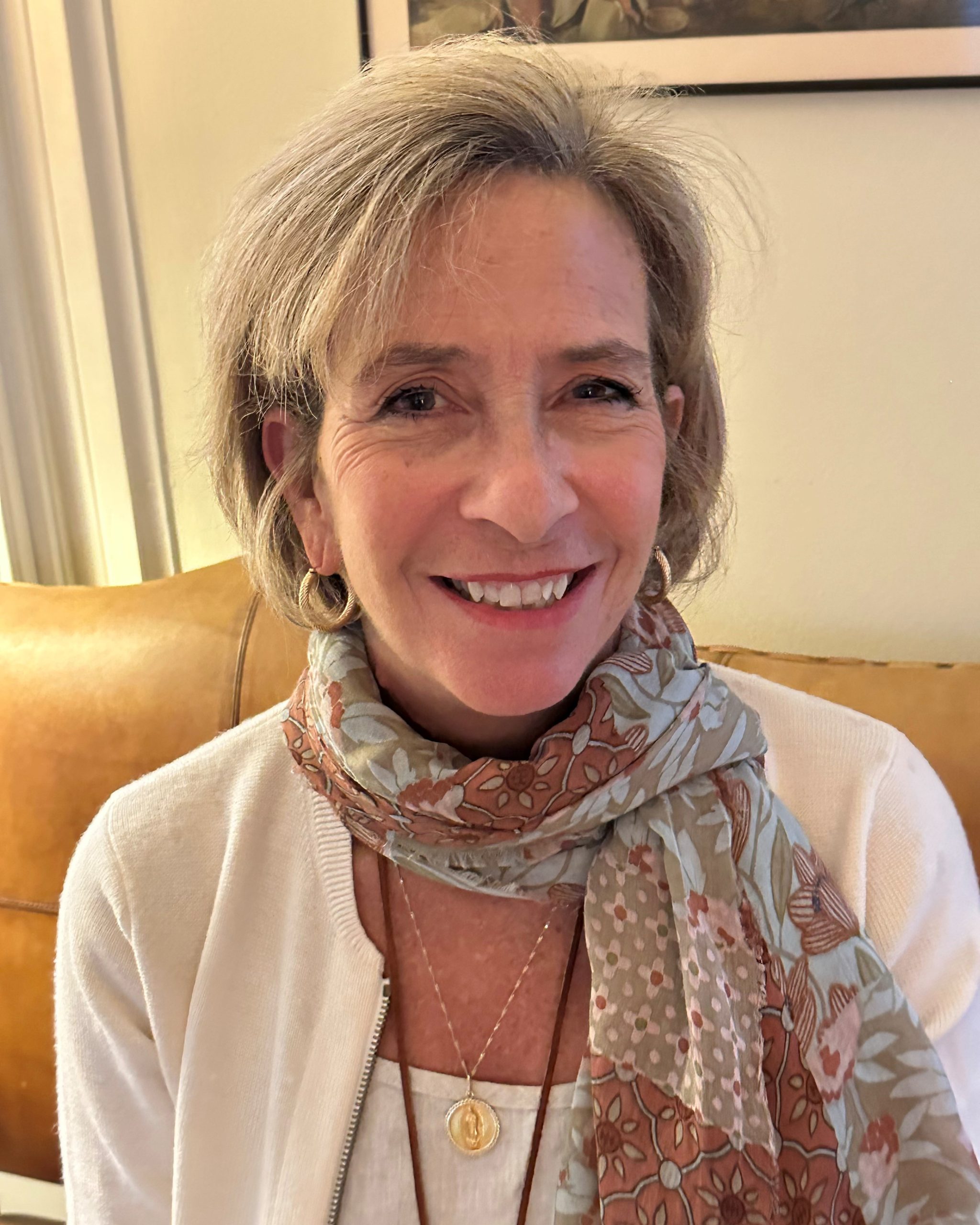 By Desiree Morgan, MD, ABR Governor
By Desiree Morgan, MD, ABR Governor
2024;17(1):1
With the turn of the calendar year, many of us reflect on processes, make priorities, and expend effort towards organization or reorganization, both at home and at work. The ABR is no different! In this issue of The Beam, we see examples of process review and continual efforts by our volunteers to improve our certification exams, in keeping with our collective quest and mission to serve the public. I hope you enjoy learning more about it!
In this issue . . .
ABR President Robert M. Barr, MD; ABR Associate Executive Director for Diagnostic Radiology Mary S. Newell, MD; and ABR Exam Development Manager Jennifer Knoll describe the unique mechanism for feedback found in the OLA system. Designed to allow candidates the opportunity to provide insights, voice concerns, and highlight alternative interpretations regarding answers to the questions in real time, these comments are combined with psychometric performance metrics analysis and, when flagged for potential problems, are reviewed by the associate executive directors and OLA item-writing committees for improvement.
ABR Executive Director Brent Wagner, MD, MBA, and ABR President Robert M. Barr, MD, describe the ABR’s emphasis on refinement of several diverse projects kicking off the year, including enhancements to myABR to improve individualized user experiences, increased efficiencies on the RADS system used by volunteers to upload and manage items for certification exams, and customer service software improvements.
Click HERE to read more.

The Value of Diplomate Feedback in OLA
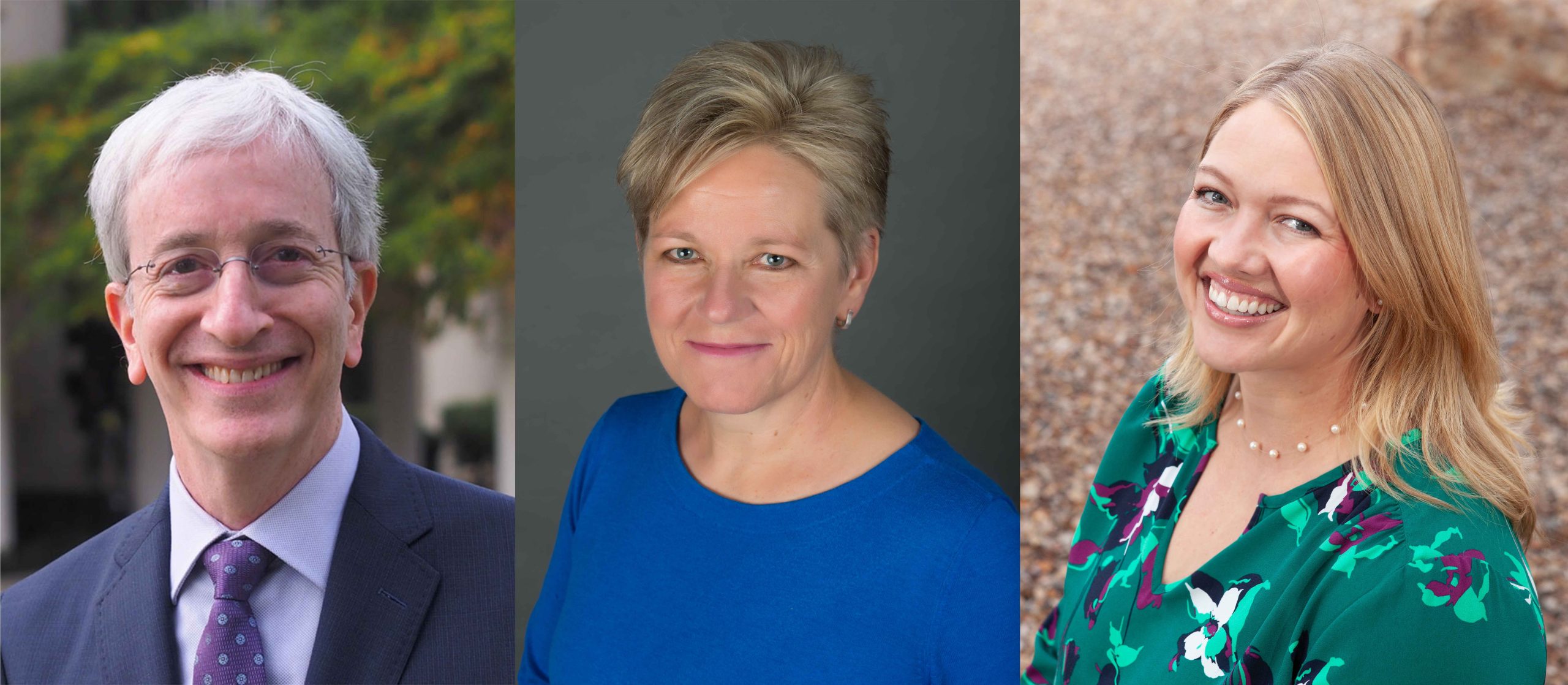 By Robert M. Barr, MD, ABR President; Mary S. Newell, MD, ABR Associate Executive Director for Diagnostic Radiology; and Jennifer Knoll, ABR Exam Development Manager
By Robert M. Barr, MD, ABR President; Mary S. Newell, MD, ABR Associate Executive Director for Diagnostic Radiology; and Jennifer Knoll, ABR Exam Development Manager
2024;17(1):2
In the dynamic landscape of ABR certification, the adoption of Online Longitudinal Assessment (OLA) reshaped how diplomates engage with continuing certification. Instead of the static unidirectional relationship that a periodic high-stakes exam entails, OLA is designed to encourage much greater interplay between those who create and those who answer OLA questions. This shift has spurred a change in how we manage and curate our question banks. A comment feature was adopted to allow diplomates an opportunity to provide insights, voice concerns, and highlight alternative interpretations regarding the questions. Understanding the significance of diplomate comments or responses to questions received through this platform has proven to be crucial for fostering the goal of assessing walking-around knowledge and optimizing the continuous learning function.
The life cycle of an exam question is lengthy and complex, starting with multiple rounds of revision and review by subject matter experts and editors. The creation process takes approximately nine months. Once a question is deployed, the committee’s review of the question shifts to consider its performance and diplomate feedback.
Click HERE to read more.

New Year Kicks Off Period of Project Refinement
By Brent Wagner, MD, MBA, ABR Executive Director, and Robert M. Barr, MD, ABR President
2024;17(1):3
The volunteer Board of Governors provides oversight of ABR staff activities, programs, and projects by defining priorities. For 2024, those priorities include the refinement of several diverse projects that were developed during 2021-2022 and the continued evolution of major programs, including those related to remote exams. The goal of these partially overlapping efforts is not only to enhance service to our stakeholders (candidates, diplomates, and volunteers), but also to increase efficiency while supporting our staff.
Operational integration and enhancements to the website myABR will include continued development of an individualized user experience, customized to the specific needs of the candidate or diplomate, so that “next steps” are clearly outlined as they relate to one’s progress. Some of those features were introduced last month, and more will be rolled out during the rest of the year. Modification of the RADS platform used by hundreds of ABR volunteers to develop exam and Online Longitudinal Assessment (OLA) content will focus on increased efficiency in populating relevant assessments that attempt to cover expanding clinical domains.
Click HERE to read more.

Exam Preparation Is Key to Success on Exam Day
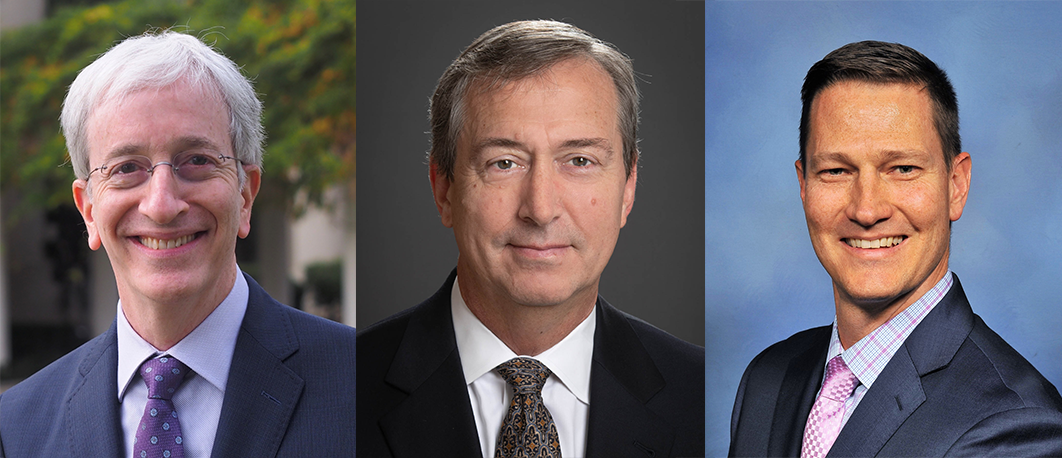 By Robert M. Barr, MD, ABR President; Brent Wagner, MD, MBA, ABR Executive Director; and David Laszakovits, MBA, ABR Communications Director
By Robert M. Barr, MD, ABR President; Brent Wagner, MD, MBA, ABR Executive Director; and David Laszakovits, MBA, ABR Communications Director
2024;17(1):4
Taking an exam can be stressful, even for the most prepared candidates. While convenient, remote exam delivery introduces hurdles not encountered during in-person exams. Even perfect execution by ABR staff and candidates does not ensure a problem-free exam day experience. We have had unanticipated interruptions caused by circumstances such as internet outages, third-party software updates, unsupported operating systems, browser problems, database resource strain, and institutional network firewalls.
While we cannot control these types of issues, together we can prepare for the best possible exam experience. When we began offering remote exams in 2021, we unveiled a variety of tools to help candidates prepare.
Click HERE to read more.

Physics and Radioisotope Safety Content To Be Reduced on DR Qualifying (Core) Exam
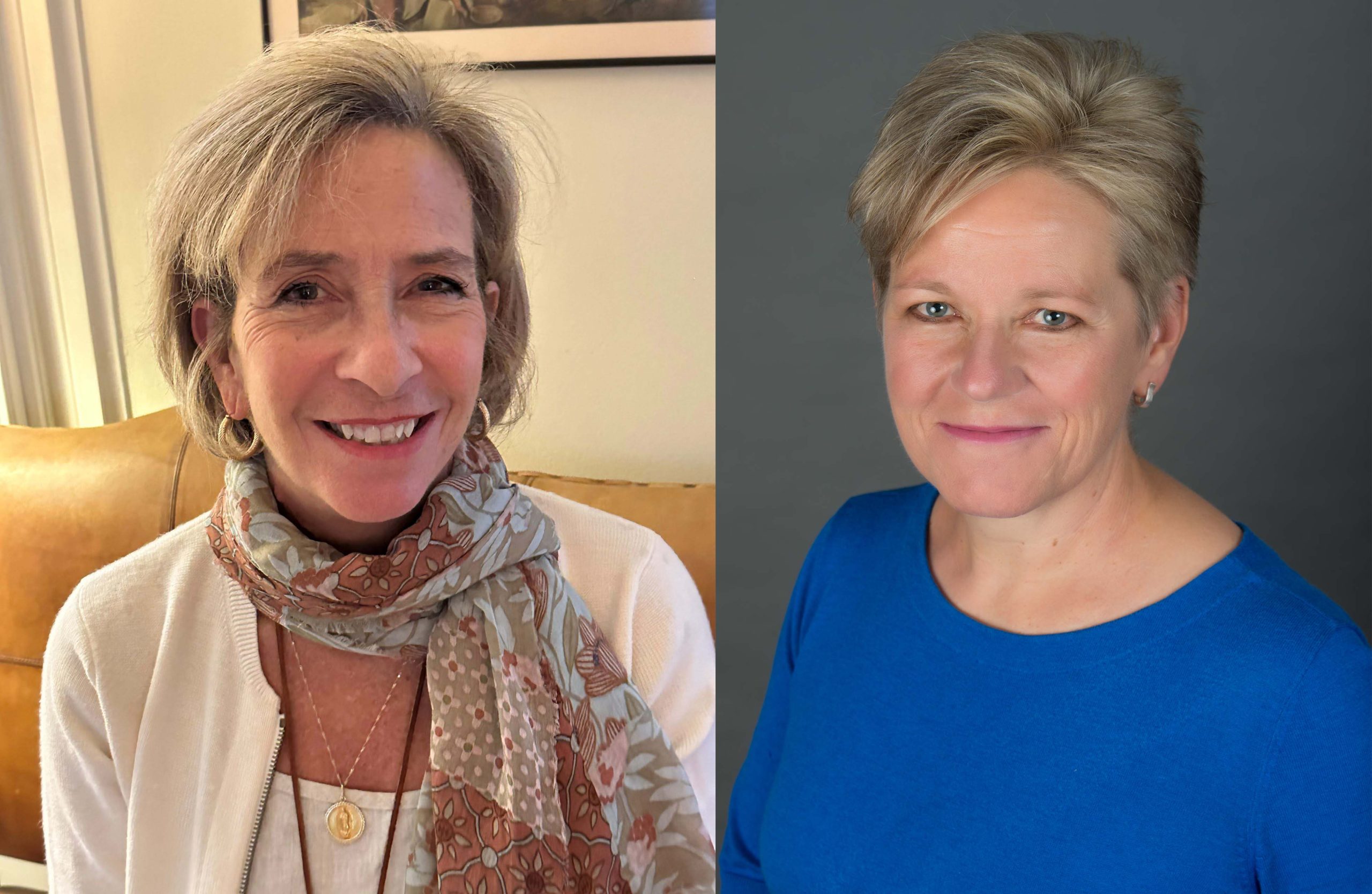 By Desiree E. Morgan, MD, ABR Governor, and Mary S. Newell, MD, ABR Associate Executive Director for Diagnostic Radiology
By Desiree E. Morgan, MD, ABR Governor, and Mary S. Newell, MD, ABR Associate Executive Director for Diagnostic Radiology
2024;17(1):5
As part of continual efforts to improve exams for our candidates and diplomates, exam content is evaluated at numerous times and on several fronts during exam development.
Volunteers on item-writing committees review questions as they are created, when they are selected for a given exam, and again at annual test assembly meetings. As subject matter experts in the subspecialty areas, trustees in diagnostic radiology review individual items and look at big-picture balancing of exam content across the discipline. Considerable thought is given to content relevance as the dynamic practice of diagnostic radiology changes. Many volunteers are involved in radiology education and receive feedback from program directors and colleagues in their academic departments. Volunteers in private practice, including those on item-writing or Angoff committees as well as trustees, provide invaluable information on the relevance of exam content to practice. Members of the ABR Initial Certification Advisory Committee help inform the need for adjustments in content as clinical practice changes. And finally, candidates provide feedback shortly after each exam administration.
Click HERE to read more.

CAMPEP Training Could Help Address Medical Physics Staffing Shortages
By Geoffrey S. Ibbott, PhD, ABR Associate Executive Director for Medical Physics; Kalpana M. Kanal, PhD, ABR Trustee; Matthew B. Podgorsak, PhD, ABR Board of Trustees Chair; and Robert A. Pooley, PhD, ABR Trustee
2024;17(1):6
The important role of medical physicists in radiology, nuclear medicine, and radiation therapy is rarely questioned, and most state regulations codify the involvement of a medical physicist in certain activities. In the last few years, however, concerns have been raised about the adequacy of the supply of medical physicists. A recent article in Physics Today encapsulated this concern by writing, “As retirements surge, shortages threaten to slow advances in cancer therapy, diagnostics, and improved understanding of the physiological impacts of radiation.”1
The article described concerns about staffing levels in a variety of radiological fields and drew heavily from an article by Newhauser et al., which described the state of the U.S. medical physics workforce.2 Newhauser and co-authors pointed out the difficulties in predicting supply and demand but noted that there is presently an inadequate number of residency training positions in medical physics. They also noted that the retirement rate of medical physicists increased between 2010 and 2020 and has increased further recently as many baby boomers have reached retirement age.3 The U.S. Bureau of Labor Statistics does not identify medical physicists specifically but reports that employment opportunities for “medical scientists” will increase 10% from 2022 to 2032, “much faster than the average for all occupations.”4 Abundant anecdotal evidence also shows that positions often go unfilled for many months, if not years.5
Click HERE to read more.

Volunteer Uses Patience and Teamwork to Write Fair and Relevant Exam Questions
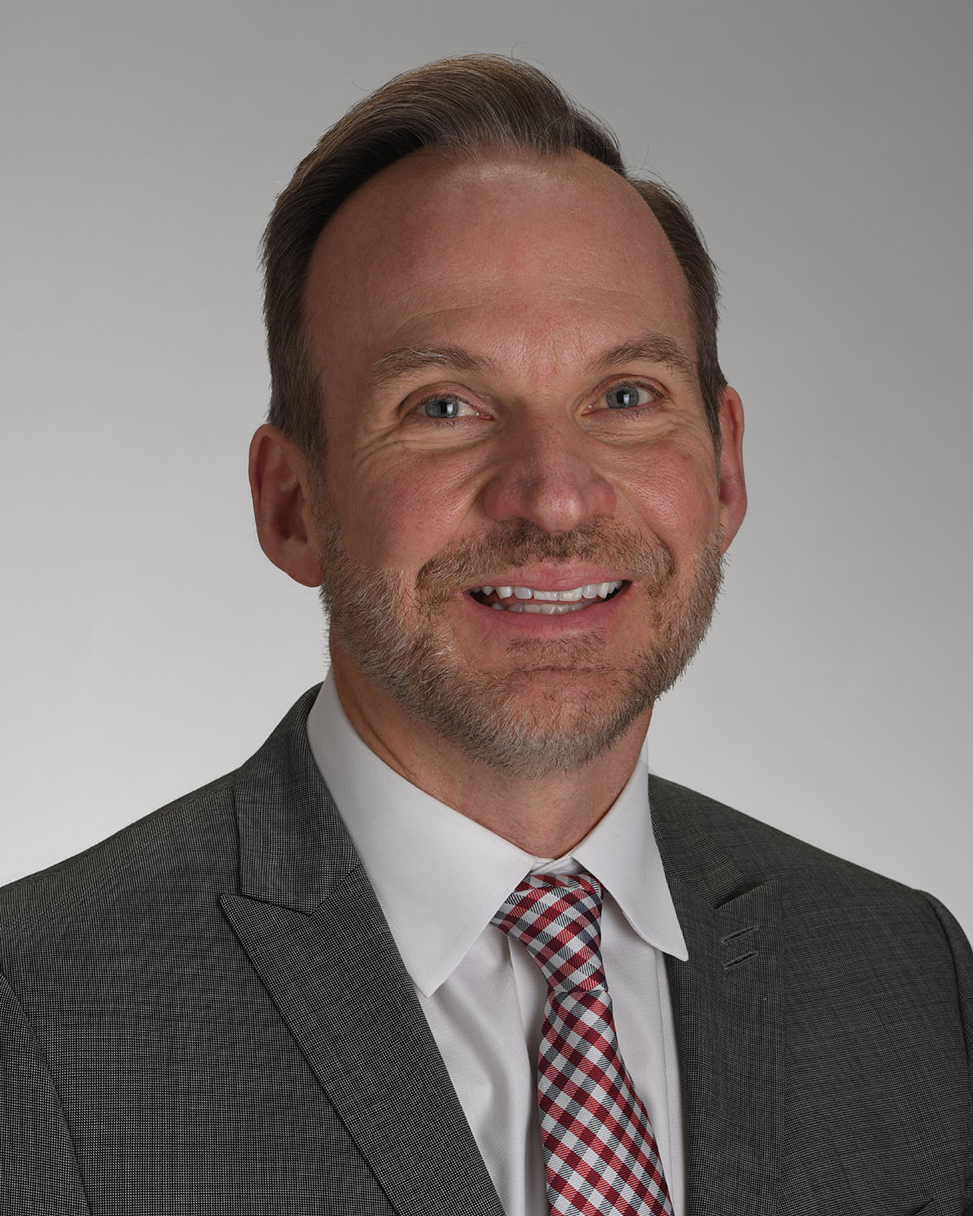
By Rodney Campbell, ABR Communications Manager
2024;17(1):7
Several months of writing ABR qualifying exam questions for radiation oncology candidates has been an educational experience for John Einck, MD.
“It’s been a while since I took my ABR exam,” said Dr. Einck, who earned his certification in 1996. “When I was asked to write questions for the exam, I thought I was going to come up with brilliant questions and really test these residents’ knowledge of the field. When it came time to review my questions in committee, they all had to be changed.”
There’s a learning curve associated with serving as an ABR volunteer. Dr. Einck, who started developing genitourinary (GU) questions for the qualifying exam this past June, feels more comfortable now after attending four virtual meetings covering approximately 10 hours with his fellow committee members.
One thing is for certain: Writing effective exam questions requires patience and teamwork.
Click HERE to read more.

Networking Is Priority One When Attending Conferences as Medical Student
By Jordan Mackner
2024;17(1):8
Late last year, I had the privilege of attending the Radiological Society of North America (RSNA) annual meeting, which is one of the largest medical conferences in the world. As a medical student, I find that attending conferences can be an overwhelming experience, but it can also be extremely rewarding.
One of the most fun and beneficial aspects of attending society conferences for medical students is networking. In my opinion, this should be the No. 1 goal at any conference as a medical student. Certainly, the lectures and presentations are beneficial for us, but you’ll be looking for a residency soon and it helps to know people! There is true magic in attending as many mixers, coffee breaks, lunches, dinners, and after parties as possible.
These conferences are your playground for growth. Be spontaneous, seize unexpected opportunities, and don’t stress about having all the answers. Embrace the chance to step out of your comfort zone, because that’s where the most significant growth and opportunities occur. If you’ve connected with mentors through virtual platforms like Zoom or social media, try to meet them in person. It’s a unique opportunity to transform virtual connections into real-world relationships and strengthen that mentor-mentee relationship. If you’re like me (introverted by nature), it can be uncomfortable. But the more I put myself out there, the more success I seemed to have. I think it’s the magic and energy in the air at RSNA, as I found everyone to be approachable and kind.
Click HERE to read more.

‘Ideal Volunteer’ Enjoys First Experience as Oral Examiner
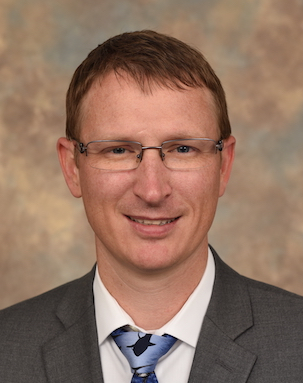
By Rodney Campbell, ABR Communications Manager
2024;17(1):9
Serving on the ABR Interventional Radiology Initial Certification Advisory Committee gave Christopher Bailey, DO, a chance to help his specialty by volunteering for a medical certifying board.
The committee, which Dr. Bailey joined on a recommendation by the Society of Interventional Radiology (SIR) in 2020, acts as a go-between for candidates and the ABR. He was part of the SIR Early Career Section at the time.
One of the committee’s charges in the early days was ensuring that candidates knew when they needed to take their certification exams. Interventional radiology became its own specialty in 2017.
“There were some graduates who were in the traditional fellowship pathway and others who were from a residency pathway,” he said. “The way they went about taking the certification exam was somewhat different. I was in the traditional pathway and the way I signed up was totally different than what the new graduates are doing today.”
Click HERE to read more.

Multiple Considerations Influence ABR Exam Date Selection
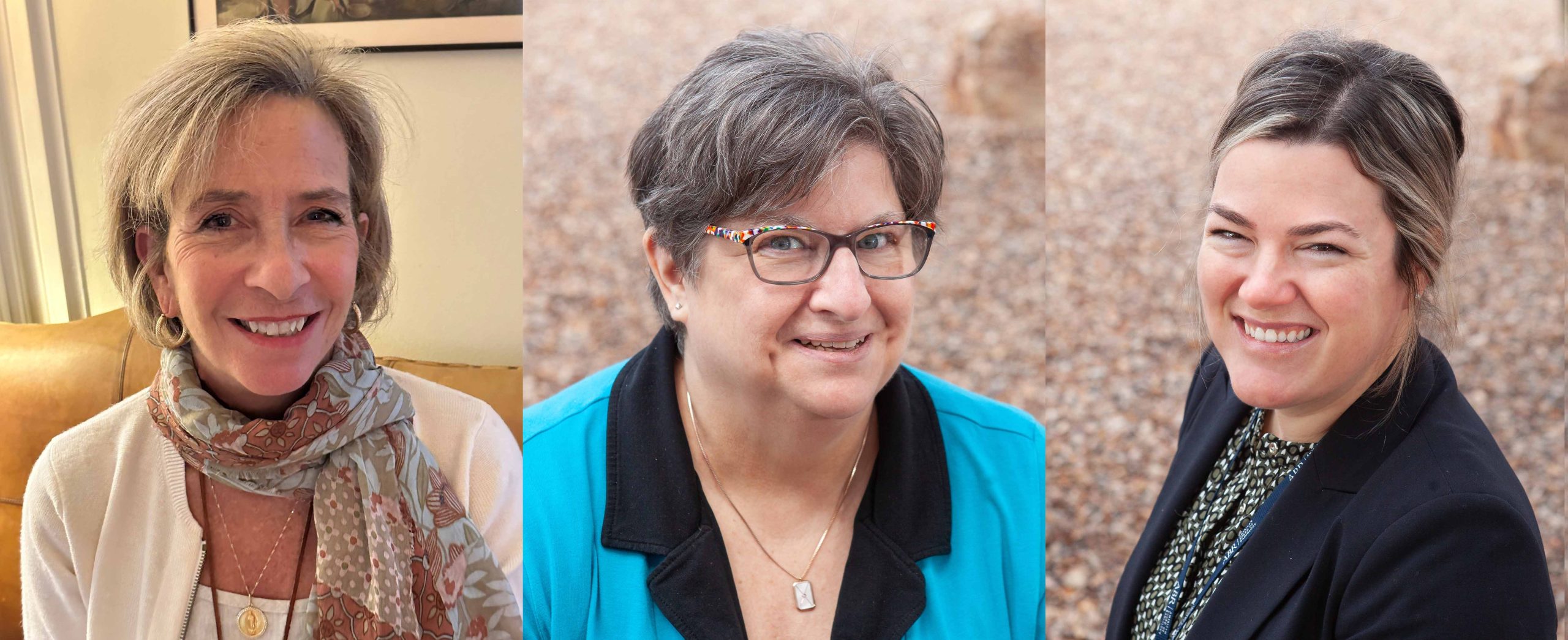 By Desiree E. Morgan, MD, ABR Governor; Lydia Warg, ABR Associate Director for Exam Services; and Meckenzie Fussell, ABR Exam Delivery Manager
By Desiree E. Morgan, MD, ABR Governor; Lydia Warg, ABR Associate Director for Exam Services; and Meckenzie Fussell, ABR Exam Delivery Manager
2024;17(1):10
With 365 days in a year, one might assume we could easily find dates to host the 40-plus exams administered each year to candidates and diplomates in the four disciplines certified by the ABR: diagnostic radiology, interventional radiology, medical physics, and radiation oncology. However, setting exam dates is more challenging than it might seem. We begin considering exam dates two years prior to the events, which allows us to publish dates on our website 12 to 18 months in advance of the exam. The dates of ABR exams are important not only to the candidates who take them, but also to training programs that must coordinate time off for residents to study and sit for the exams.
The first step in the process decreases the number of available dates considerably: Removing U.S. national holidays, major religious holidays, work-restrictive interfaith holidays, and radiological society meeting dates immediately eliminates about 100 days. Next, we exclude dates for major ABR events such as annual committee meetings, test assemblies, and board meetings. This may not seem intuitive since the attendees of these events are already certified, but we are careful to consider the obligations of oral examiners, without whom we could not conduct most of the certifying exams.
Click HERE to read more.

Through Assessment and Education, OLA Helps Diplomates Practice Safely and Effectively
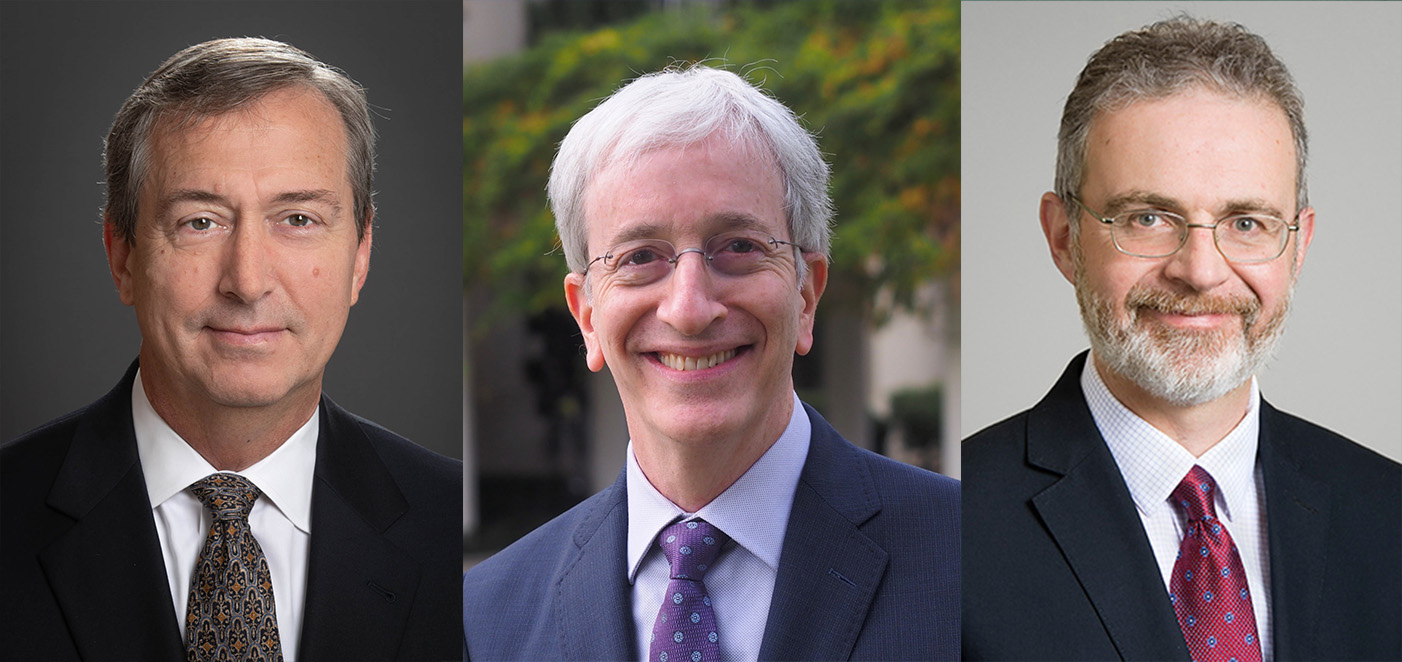 By Brent Wagner, MD, MBA, ABR Executive Director; Robert M. Barr, MD, ABR President; and Matthew B. Podgorsak, PhD, ABR Board of Trustees Chair
By Brent Wagner, MD, MBA, ABR Executive Director; Robert M. Barr, MD, ABR President; and Matthew B. Podgorsak, PhD, ABR Board of Trustees Chair
2024;17(1):11
Physicians and physicists certified by the ABR would agree that one of the challenges of optimal clinical practice is the increasing complexity and rate of expansion of medical knowledge. The cognitive assessment component of the ABR’s Continuing Certification program is an integral part of its goal to reassure the public that diplomates maintain proficiency in their specialty after satisfying the requirements for initial certification. In the American Board of Medical Specialties (ABMS) standards, the requirement states that “Member Boards (such as the ABR) must assess whether diplomates have the knowledge, clinical judgment, and skills to practice safely and effectively in the specialty. Member Boards must offer assessment options that have a formative emphasis and that assist diplomates in learning key clinical advances in the specialty.” More than 90% of ABR diplomates who are maintaining their certificate attempt to meet this requirement by participating in Online Longitudinal Assessment (OLA). As an alternative, diplomates may choose to take and pass a Continuing Certification Exam every five years to fulfill their Part 3 requirement and demonstrate their clinical knowledge and skill; this option is remotely administered as a computer-based exam.
Click HERE to read more.

ABR AED Newell Joins ABMS Board of Directors
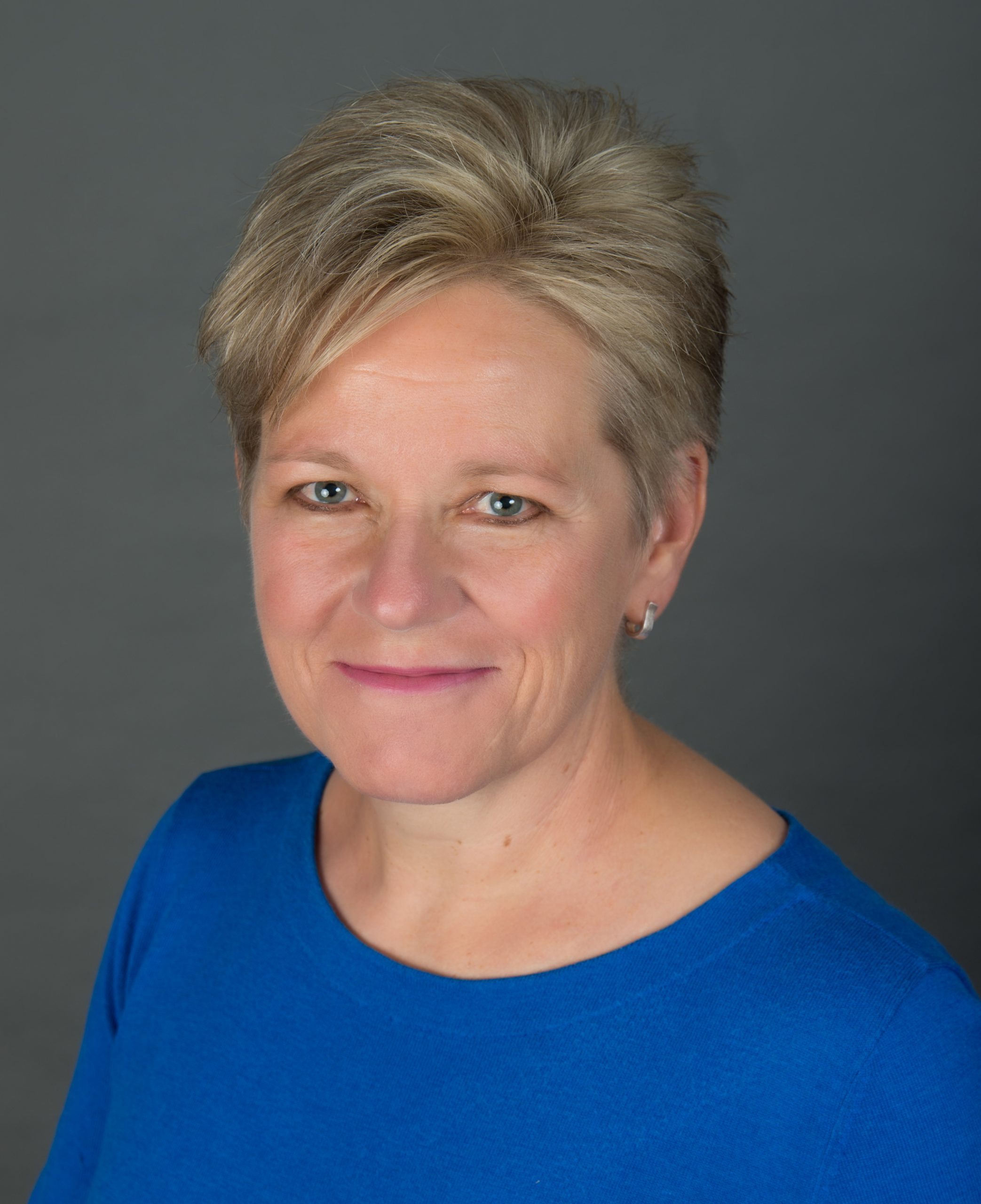
2024;17(1):12
ABR Associate Executive Director for Diagnostic Radiology Mary S. Newell, MD, has been named to the American Board of Medical Specialties (ABMS) Board of Directors. Dr. Newell, a professor of radiology and imaging sciences at Emory University and part of its breast imaging division, is a former member of the ABR Board of Governors.
Dr. Newell has been an ABR volunteer since 2008, serving as an oral board examiner, member of the Continuing Certification (MOC) breast committee, chair of the breast certifying and OLA committees, a trustee, and Board of Trustees vice chair for diagnostic radiology.
The ABMS is governed by a board of directors, which includes representation from each of the Member Boards and the public. These volunteer leaders from across the country bring a broad range of experience in patient care, health policy and law, business, and community service to their roles.
Radiology Health Equity Coalition Working to Improve Patient Care
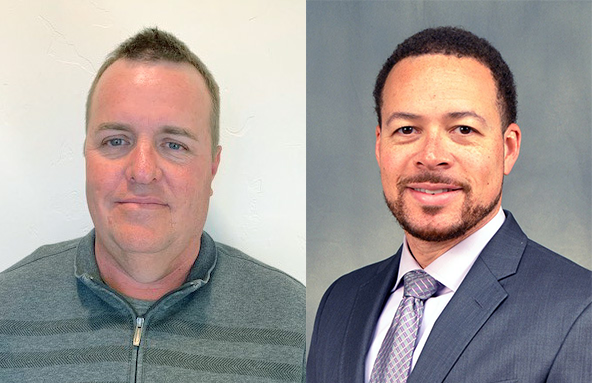 By Rodney Campbell, ABR Communications Manager, and Paul J. Rochon, MD, ABR Trustee
By Rodney Campbell, ABR Communications Manager, and Paul J. Rochon, MD, ABR Trustee
2024;17(1):13
The visions and missions of the ABR and radiology societies focus on improving patient care. Medical imaging impacts most people at some point, and radiology professionals have the potential to be unifying change agents across an inequitable healthcare system.
To help address these issues, the ABR was one of 11 partners that formed the Radiology Health Equity Coalition (RHEC) in 2021. The coalition was convened by the American College of Radiology.
“As a certifying body, the ABR sees their partnership with the coalition as a crucial extension of the social contract — to provide the best care possible to the broadest range of the population,” said ABR Executive Director Brent Wagner, MD, MBA.
The coalition also includes the American Medical Association Section Council on Radiology, Association of University Radiologists, National Medical Association Section on Radiology and Radiation Oncology, Radiological Society of North America, Society of Chairs of Academic Radiology Departments, Society of Interventional Radiology, Society of Nuclear Medicine and Molecular Imaging, American Association of Physicists in Medicine, and American Society of Radiologic Technologists, with other specialty and state radiology organizations joining the initiative. There are 37 total members.
Click HERE to read more.

January 23 Blog
Enhancements Made to myABR Improve User Experience
January 17 Blog
ABR Volunteer Earns Society of Interventional Radiology Award
December 28 Blog
She Helps Put Candidates at Ease as Medical Physics Examiner
December 21 Blog
Family Tradition Built Medical Student’s Desire to Become Radiologist
December 6 Blog
Gratitude and Guidance: A Successful Candidate’s Road to IR Certification
November 28 Blog
Assistant Professor Learning as ABMS Visiting Scholar



